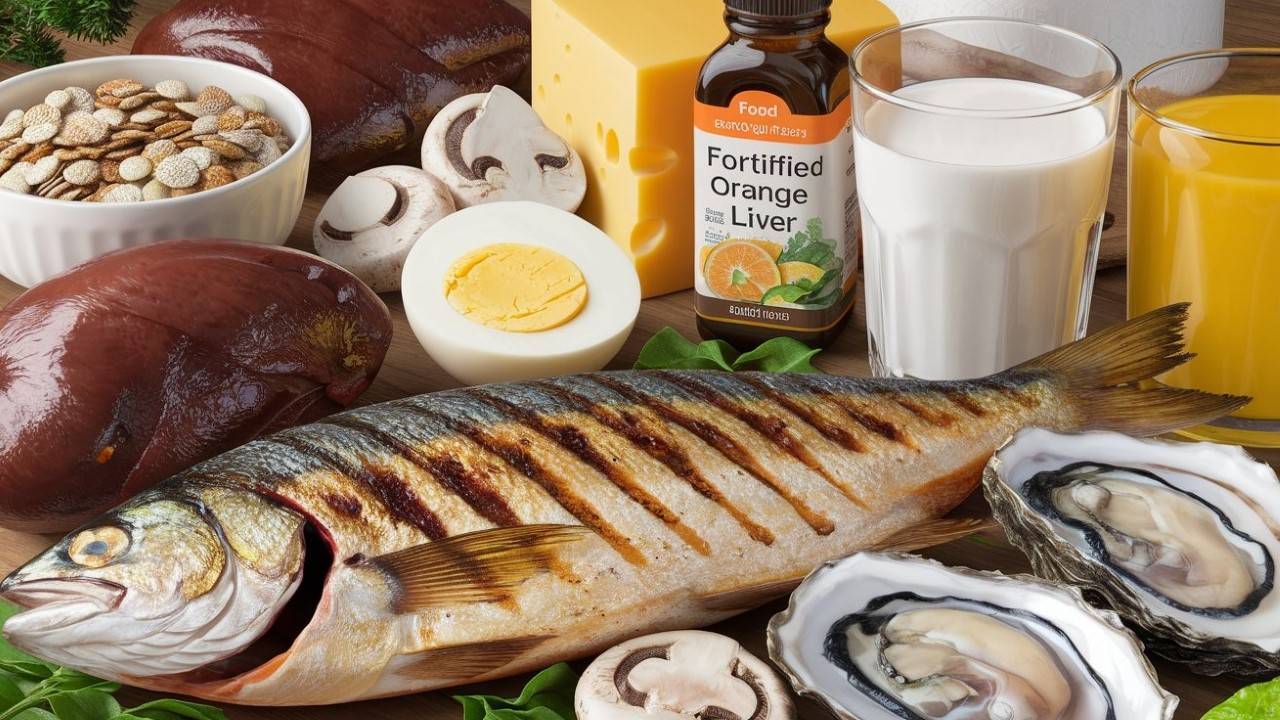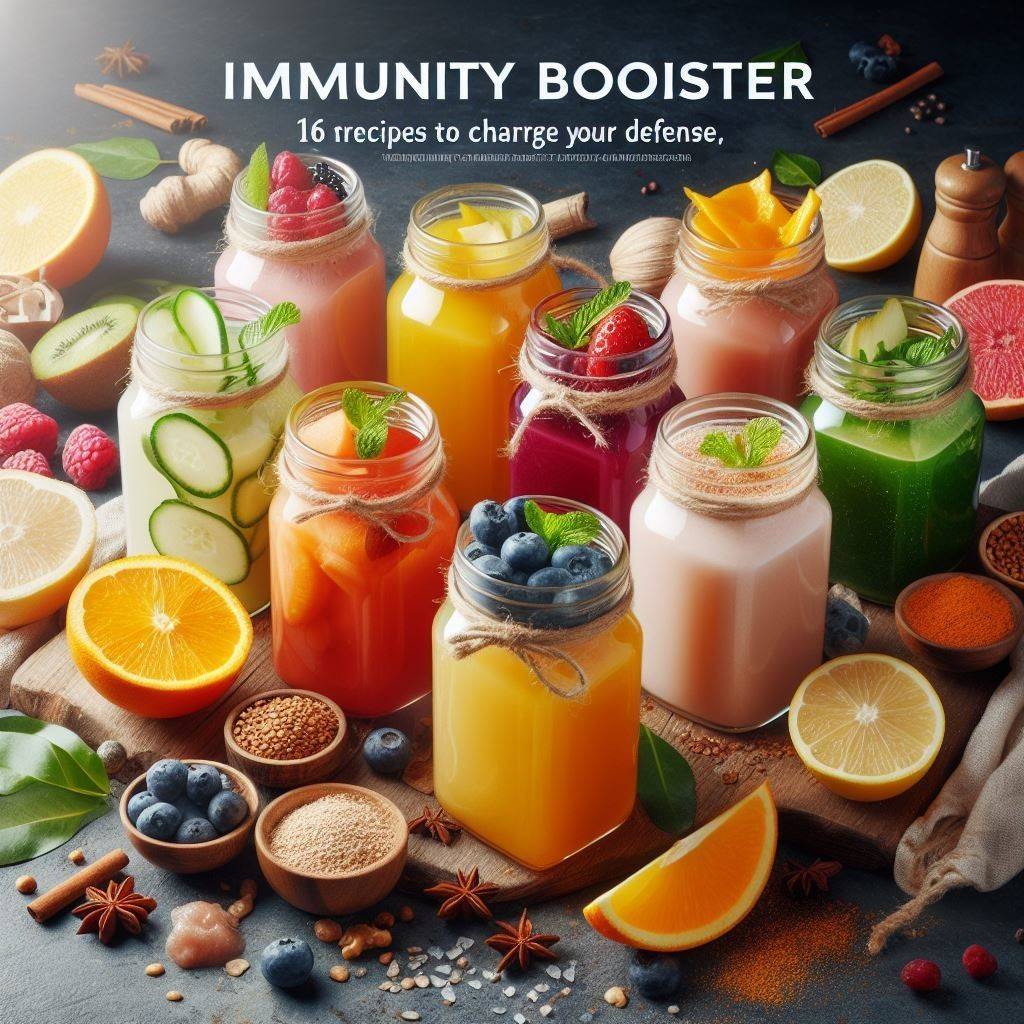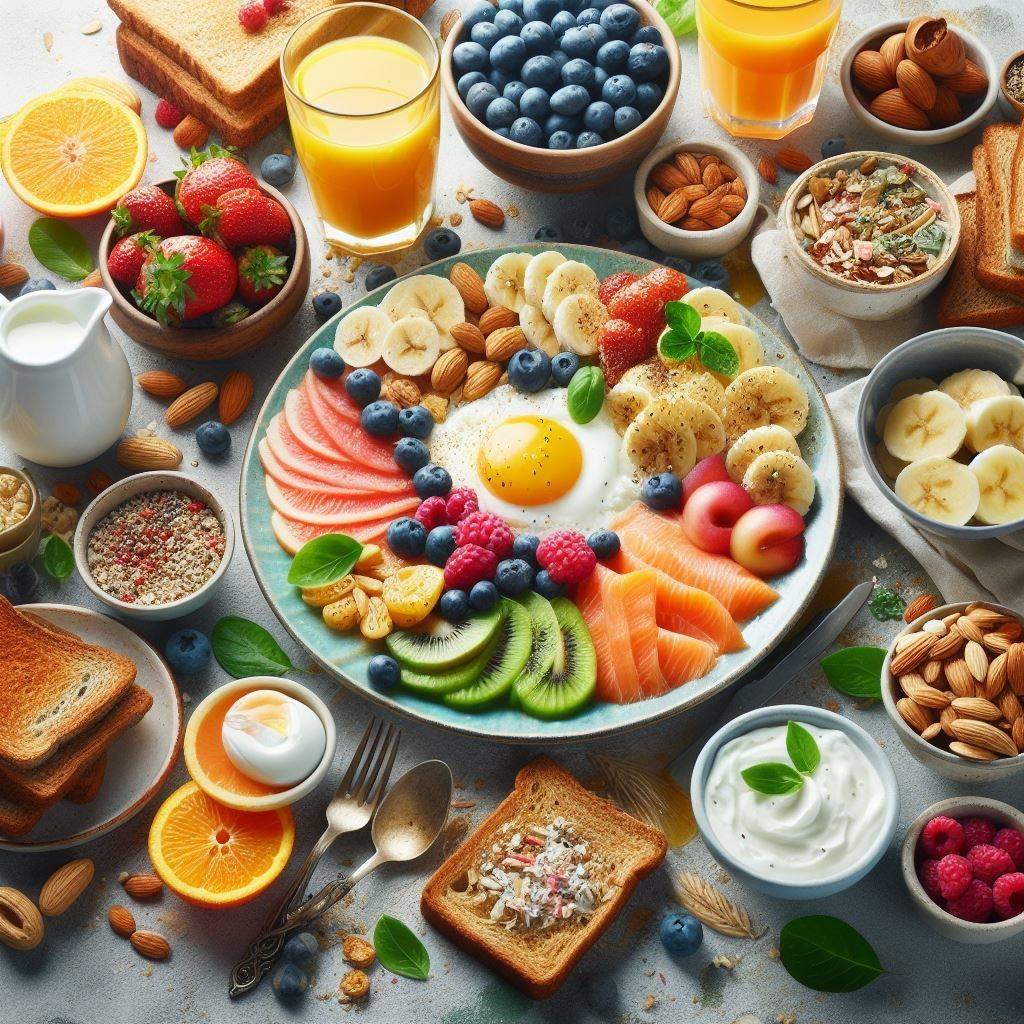Top 10 Surprising Foods High in Vitamin D You Need in Your Diet
Discover 10 unexpected foods high in vitamin D that can boost your health. From fatty fish to fortified cereals, learn how to supercharge your diet. Find out now!
Quick Summary
Boost your vitamin D intake with these surprising foods: fatty fish, egg yolks, mushrooms, fortified plant milk, cheese, beef liver, cod liver oil, fortified orange juice, fortified cereals, and oysters. Incorporate a variety of these foods into your diet for optimal vitamin D levels and overall health.
Introduction
You’ve heard that sunlight is the best source of vitamin D, but did you know that certain foods can also provide this essential nutrient? In this comprehensive guide, we’ll explore ten surprising foods high in vitamin D that you might not have considered. By the end of this post, you’ll have a clear understanding of how to boost your vitamin D intake through diet, saving you money on supplements and improving your overall health.
Why does Vitamin D Matter?

Before we dive into our list, let’s briefly touch on why vitamin D is so crucial for your health:
- Supports bone health by aiding calcium absorption
- Boosts immune system function
- May help reduce the risk of certain cancers and chronic diseases
- Plays a role in mood regulation and mental health
Now, let’s explore the top 10 surprising foods high in vitamin D that you need to incorporate into your diet.
1. Fatty Fish: Nature’s Vitamin D Powerhouse
For natural food sources of vitamin D, fatty fish take the crown. Some excellent options include:
- Salmon
- Mackerel
- Tuna
- Sardines
- Herring
My Experience: I’ve found that incorporating fatty fish into my diet twice a week has made a noticeable difference in my energy levels. My favorite is a simple grilled salmon with lemon and herbs.
Vitamin D Content: A 3.5-ounce (100-gram) serving of cooked salmon can provide up to 386 IU (International Units) of vitamin D, which is about 50% of the recommended daily intake.
Tip: Try different cooking methods to keep things interesting. Grilled, baked, or even raw (as in sushi) are all delicious options.
2. Egg Yolks: The Sunny Side of Vitamin D
Don’t toss out those yolks! Egg yolks are a surprising source of vitamin D, especially if the chickens were raised with access to sunlight or fed vitamin D-enriched feed.
Vitamin D Content: One large egg yolk can contain about 37 IU of vitamin D, but this can be significantly higher (up to 150 IU) in pasture-raised or enriched eggs.
My Tip: I love making a veggie-packed frittata using whole eggs. It’s a successful way to boost your vitamin D intake at breakfast or brunch.
3. Mushrooms: The Vitamin D Vegetarian Option
Mushrooms are unique in the plant world because they can produce vitamin D when exposed to UV light, much like our skin.
Types of mushrooms high in vitamin D:
- Maitake
- Morel
- Chanterelle
- Shiitake
- UV-exposed white button mushrooms
My Experience: I’ve started growing my mushrooms at home, exposing them to sunlight before harvesting. It’s a fun project that ensures I always have a vitamin D-rich vegetarian option on hand.
Vitamin D Content: Wild mushrooms or those treated with UV light can provide up to 2,000 IU per 3.5-ounce (100-gram) serving.
4. Fortified Plant Milk: A Daily Dose of D
For those following a plant-based diet or with lactose intolerance, fortified plant milk is an excellent way to boost vitamin D intake.
Options to consider:
- Soy milk
- Almond milk
- Oat milk
- Rice milk
Vitamin D Content: Most fortified plant milk contains about 100-120 IU of vitamin D per cup (237 ml), which is about 15-20% of the recommended daily intake.
My Tip: I use fortified almond milk in my morning smoothies and oatmeal. It’s an easy way to start the day with a vitamin D boost.
5. Cheese: A Tasty Vitamin D Surprise
While not all cheeses are high in vitamin D, some varieties can contribute significantly to your daily intake.
Cheeses with higher vitamin D content:
- Cheddar
- Swiss
- Parmesan
- Fontina
Vitamin D Content: The amount varies, but cheddar cheese can provide about 24 IU per 2-ounce (57-gram) serving.
My Experience: I’ve started incorporating a handful of aged cheddar into my salads or as a snack. It’s a delicious way to add both flavor and vitamin D to my meals.
6. Beef Liver: A Nutrient-Dense Option
While not everyone’s favorite, beef liver is incredibly nutrient-dense and an excellent source of vitamin D.
Vitamin D Content: A 3.5-ounce (100-gram) serving of cooked beef liver contains about 50 IU of vitamin D.
Tip: If you’re not a fan of liver taste, try incorporating small amounts into ground beef dishes or pâtés to reap the nutritional benefits without overwhelming your palate.
7. Cod Liver Oil: The Traditional Vitamin D Supplement
Cod liver oil has been used for generations as a natural supplement for vitamins A and D.
Vitamin D Content: Just one teaspoon (5 ml) of cod liver oil can provide up to 450 IU of vitamin D.
My Experience: I’ve found that taking cod liver oil in capsule form is more palatable than the liquid. I take it during the winter months when I get less sun exposure.
8. Fortified Orange Juice: A Breakfast Boost
Many brands of orange juice are now fortified with vitamin D, making your morning glass an easy way to increase your intake.
Vitamin D Content: An 8-ounce (237 ml) serving of fortified orange juice typically contains about 100 IU of vitamin D.
Tip: Always check the label, as not all orange juices are fortified. I keep a carton of fortified OJ in my fridge for an occasional treat and vitamin D boost.
9. Fortified Cereals: Start Your Day Right
Many breakfast cereals are fortified with vitamins and minerals, including vitamin D.
Vitamin D Content: Varies by brand, but typically ranges from 40 to 100 IU per serving.
My Approach: I look for whole-grain cereals fortified with vitamin D to get the most nutritional bang for my buck. I’ll often top it with sliced mushrooms and fortified plant milk for an extra vitamin D boost.
10. Oysters: A Delicious Vitamin D Delicacy
While oysters are often celebrated for their zinc content, these briny bivalves are also a surprisingly good source of vitamin D. Adding oysters to our list not only diversifies our vitamin D sources but also introduces a gourmet option for those looking to boost their intake of this crucial nutrient.
Vitamin D Content: The vitamin D content in oysters can vary depending on the species and their habitat, but on average, a 3.5-ounce (100-gram) serving of raw oysters contains about 320 IU of vitamin D. This is a significant amount, providing about 40-50% of the daily recommended intake for most adults.
My Experience: I’ve found that enjoying oysters occasionally adds a touch of luxury to my vitamin D-rich diet. While they’re not an everyday food for most people, incorporating them into special meals or gatherings can be a delightful way to boost your vitamin D intake.
Benefits Beyond Vitamin D:
- Excellent source of zinc, which is crucial for immune function
- High in omega-3 fatty acids
- Rich in protein
- Good source of iron and vitamin B12
- Contains antioxidants, including selenium
Tips for Enjoying Oysters:
- If you’re new to oysters, start with smaller, milder varieties.
- Always ensure you’re getting oysters from a reputable source to minimize the risk of foodborne illness.
- Try them both raw and cooked to find your preferred preparation method.
- Experiment with different toppings, such as mignonette sauce, lemon juice, or a dash of hot sauce.
Cooking Ideas:
- Raw on the half shell with lemon wedges
- Grilled with garlic butter
- Oysters Rockefeller
- Fried oysters for a crispy treat
- Oyster stew for a comforting meal
Sustainability Note: When choosing oysters, look for sustainably farmed options. Oyster farming is considered environmentally friendly, as oysters can help filter and clean the water they’re grown in.
A Word of Caution: Raw oysters can carry a risk of foodborne illness, particularly for individuals with compromised immune systems, pregnant women, and young children. If you’re in a high-risk group, consider enjoying your oysters cooked.
FAQs About Foods High in Vitamin D
In which fruit is vitamin D high?
Unfortunately, fruits are not sources of vitamin D. However, some fruits may be fortified:
- Some orange juices are fortified with vitamin D
- Certain dried fruits might be fortified, but this is less common
How can I increase my vitamin D levels quickly?
- Spend 10-30 minutes in the sun (with proper skin protection)
- Consume fatty fish like salmon or mackerel 2-3 times a week
- Include egg yolks in your diet
- Eat UV-exposed mushrooms
- Take a vitamin D supplement under medical supervision
What are the signs of low vitamin D?
Common signs of vitamin D deficiency include:
- Fatigue
- Bone pain
- Muscle weakness or aches
- Mood changes, including depression
Note: These symptoms can be related to many conditions. Always consult a healthcare professional for proper diagnosis.
How to improve vitamin D absorption?
To enhance vitamin D absorption:
- Pair vitamin D-rich foods with healthy fats
- Maintain a healthy gut by consuming probiotics and fiber
- Ensure adequate magnesium intake
- Avoid excessive alcohol consumption
- Maintain a healthy weight
Conclusion
Incorporating these surprising foods high in vitamin D into your diet can significantly boost your intake of this crucial nutrient. Remember, while diet is important, sensible sun exposure and supplements (if recommended by your healthcare provider) also play vital roles in maintaining optimal vitamin D levels.
Thank you for reading this comprehensive guide. By making informed choices about your diet, you’re taking an important step towards better health and wellbeing.
Recommended Reading
- Vitamin D Benefits Men: The Essential Nutrient for Men’s Health
- Vitamin D Foods for Vegetarians: Exploring the Plant-Powered Path to Optimal Health
- Vitamins for Skin and Hair: Transformative Beauty Secrets



